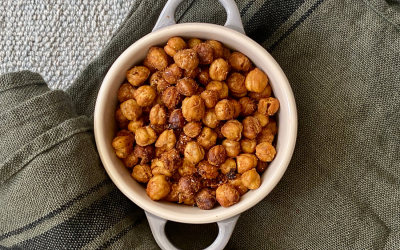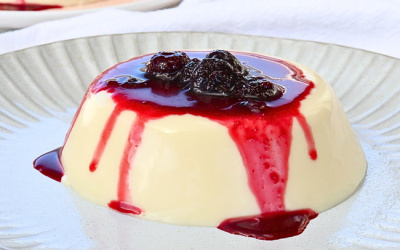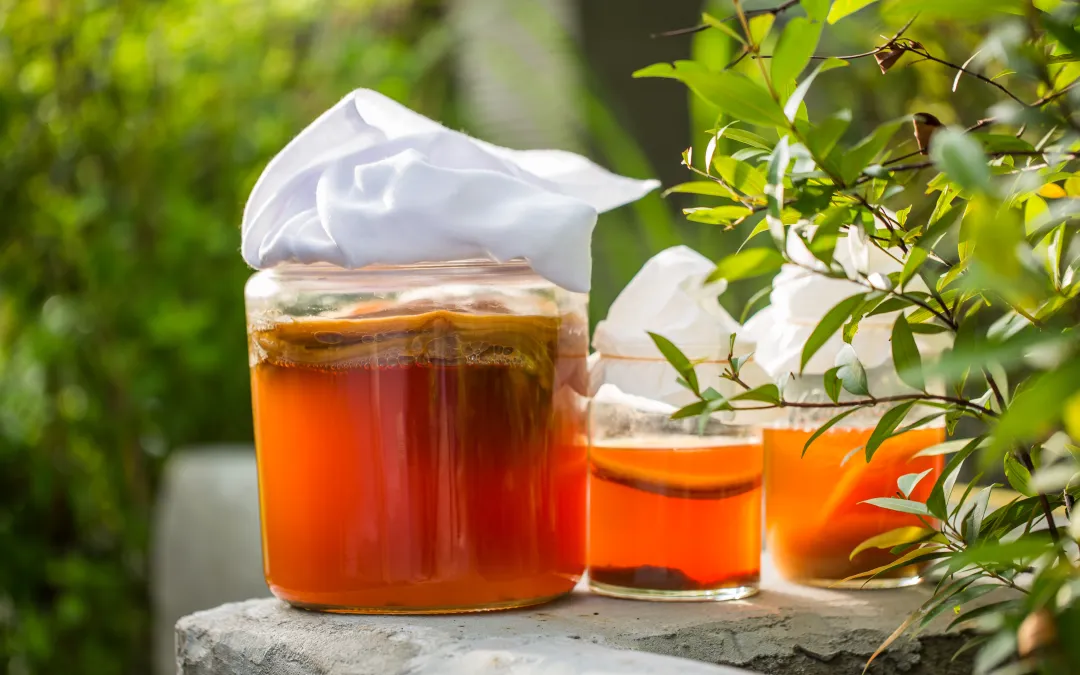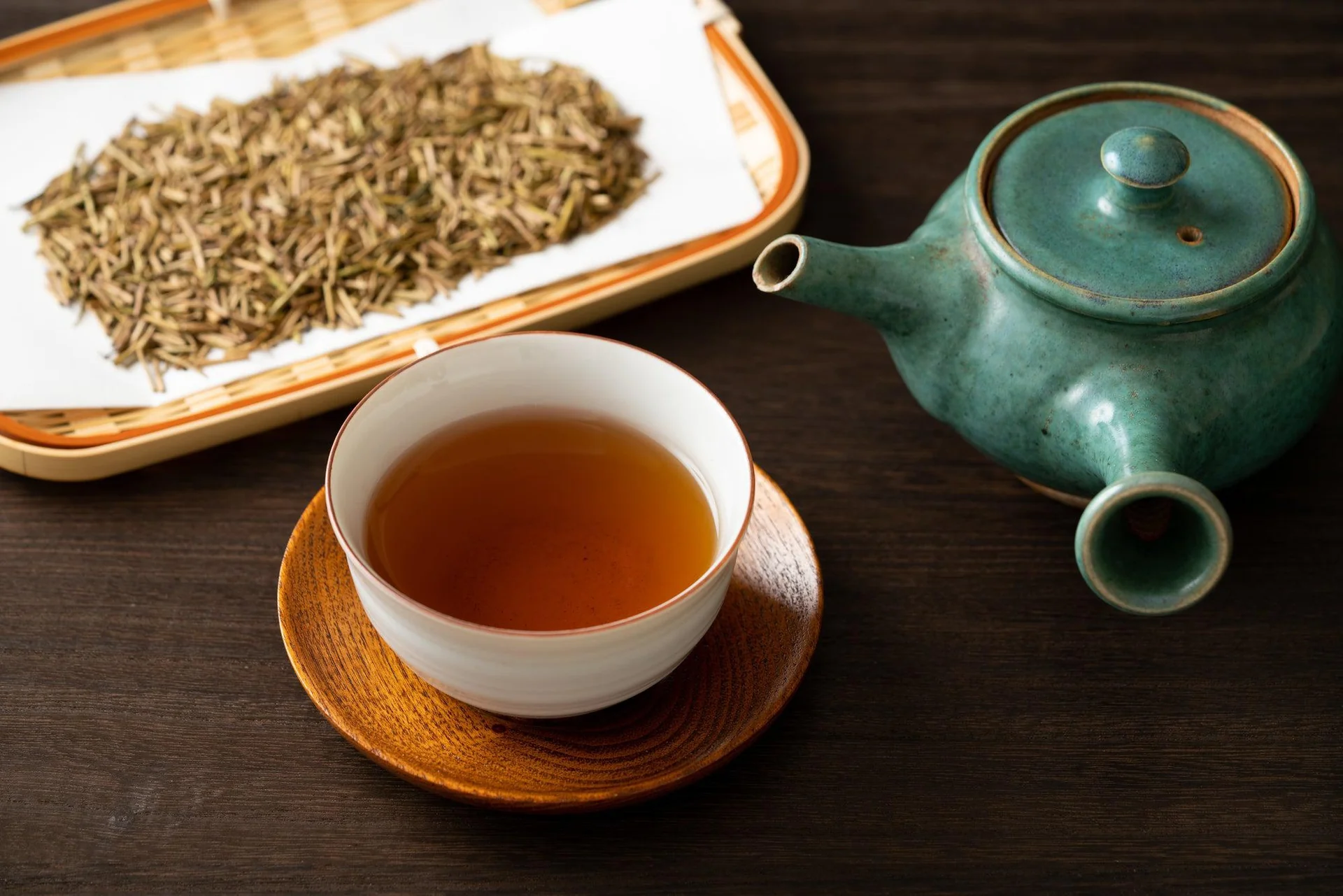lagourmandinerhumerie.com – Oolong tea, often referred to as the “in-between” tea, offers a perfect balance between the robust flavors of black tea and the lightness of green tea. Known for its rich taste, floral aroma, and health benefits, oolong tea has captivated tea lovers for centuries. Whether you’re a casual tea drinker or a seasoned connoisseur, oolong tea offers an intriguing and complex experience that can elevate your tea-drinking ritual.
What is Oolong Tea?
Oolong tea is a traditional Chinese tea that is partially fermented, making it different from both green tea (which is unfermented) and black tea (which is fully fermented). The process of oxidation in oolong tea is carefully controlled, typically ranging from 30% to 70%. This partial fermentation gives oolong its distinctive flavor profile, which can vary widely depending on the specific variety and the region where it is grown.
Oolong tea is made from the leaves of the Camellia sinensis plant, the same plant used to make green, black, and white teas. However, the key difference lies in the way the leaves are processed. After being plucked, the leaves are withered under the sun, bruised to release enzymes, and then lightly oxidized before being dried. This careful processing is what gives oolong its rich, full flavor that can range from floral and fruity to toasty and nutty.
The Different Types of Oolong Tea
Oolong tea comes in a wide range of flavors and styles, often determined by the region of cultivation, the specific processing techniques used, and the degree of oxidation. Here are a few of the most popular types of oolong tea:
-
Tie Guan Yin (Iron Goddess of Mercy)
Tie Guan Yin is one of the most famous and beloved oolong teas in the world. It originates from the Fujian province of China and is known for its delicate floral aroma and sweet, mellow taste. The leaves are often tightly rolled, and the tea brews to a pale yellow-green color, offering a rich, slightly creamy flavor with a hint of orchid. -
Da Hong Pao (Big Red Robe)
Da Hong Pao is a rare and highly prized oolong from the Wuyi Mountains in Fujian, China. It is known for its bold, roasted flavor, with a slightly smoky and mineral note. The leaves are larger and often have a more intense flavor compared to other oolongs, making it a favorite for those who enjoy a deeper, more complex cup of tea. -
Formosa Oolong
Formosa oolong, also known as Taiwanese oolong, comes from Taiwan, an island known for producing some of the finest oolong teas. The tea tends to have a smooth, rich flavor with hints of fruit and cream, along with a light floral aroma. Popular varieties include Jin Xuan (milk oolong), which has a creamy, almost buttery flavor, and Bao Zhong, which offers a delicate, floral fragrance. -
Phoenix Dan Cong
This oolong tea is grown in the Guangdong province of China and is famous for its unique, single-origin flavors. Phoenix Dan Cong oolongs are often described as having a wide array of flavors, from honeyed sweetness to fruity and floral notes. The tea is often aromatic with a smooth texture, making it an excellent choice for those looking for a more nuanced, complex flavor profile.
Health Benefits of Oolong Tea
Beyond its delicious flavor, oolong tea is also known for a variety of health benefits. Many of these benefits come from the antioxidants found in oolong tea, which can help promote overall well-being. Some of the most notable health benefits include:
-
Boosting Metabolism and Weight Loss
Oolong tea has been shown to boost metabolism and help in weight management. The caffeine and polyphenols in oolong can increase fat oxidation, which may support weight loss efforts when combined with a healthy diet and regular exercise. -
Improving Heart Health
Regular consumption of oolong tea may help lower the risk of heart disease by reducing blood cholesterol levels and improving circulation. The antioxidants in oolong help protect against oxidative stress, which can damage blood vessels and increase the risk of cardiovascular issues. -
Improving Skin Health
Oolong tea’s antioxidant properties can help reduce inflammation, promote healthy skin, and protect against the effects of aging. Some studies suggest that oolong tea may be beneficial for skin conditions like eczema and acne due to its anti-inflammatory effects. -
Enhancing Mental Clarity
The moderate caffeine content in oolong tea provides a gentle energy boost, which can help improve focus and mental alertness without the jittery side effects associated with stronger caffeinated beverages. Oolong tea is a great option for those seeking a natural pick-me-up that won’t interfere with sleep later in the day. -
Supporting Bone Health
Studies suggest that regular consumption of oolong tea may be beneficial for bone health. The polyphenols in oolong tea may help improve bone density and reduce the risk of osteoporosis by promoting the absorption of calcium.
Brewing the Perfect Cup of Oolong Tea
To truly appreciate the unique flavors of oolong tea, it’s important to brew it properly. Here are some tips to make sure you get the best cup every time:
-
Water Temperature
The ideal water temperature for brewing oolong tea is around 185-205°F (85-96°C). It should be just below boiling, which allows the leaves to unfurl fully and release their flavor without becoming too bitter. -
Tea-to-Water Ratio
Use about 1 to 1.5 teaspoons of loose-leaf oolong tea for every 8-ounce cup of water. You can adjust the amount based on your taste preference, but this ratio will generally provide a balanced flavor. -
Steeping Time
Oolong tea should be steeped for about 3 to 5 minutes. If you steep it too long, it may become bitter, so keep a close eye on the time. For a more refined experience, you can also try multiple infusions—oolong leaves can be steeped several times, with each steeping bringing out different nuances in flavor.
Conclusion
Oolong tea is a versatile and intriguing beverage that combines the best of both black and green tea, offering a unique and complex flavor experience. With its rich history, numerous varieties, and impressive health benefits, oolong tea continues to be a favorite for tea drinkers around the world. Whether you’re new to oolong or a long-time lover, exploring the diverse flavors and benefits of this tea is a rewarding journey for the senses. So, brew a pot of your favorite oolong, sit back, and enjoy the rich history and flavors of this remarkable tea.











